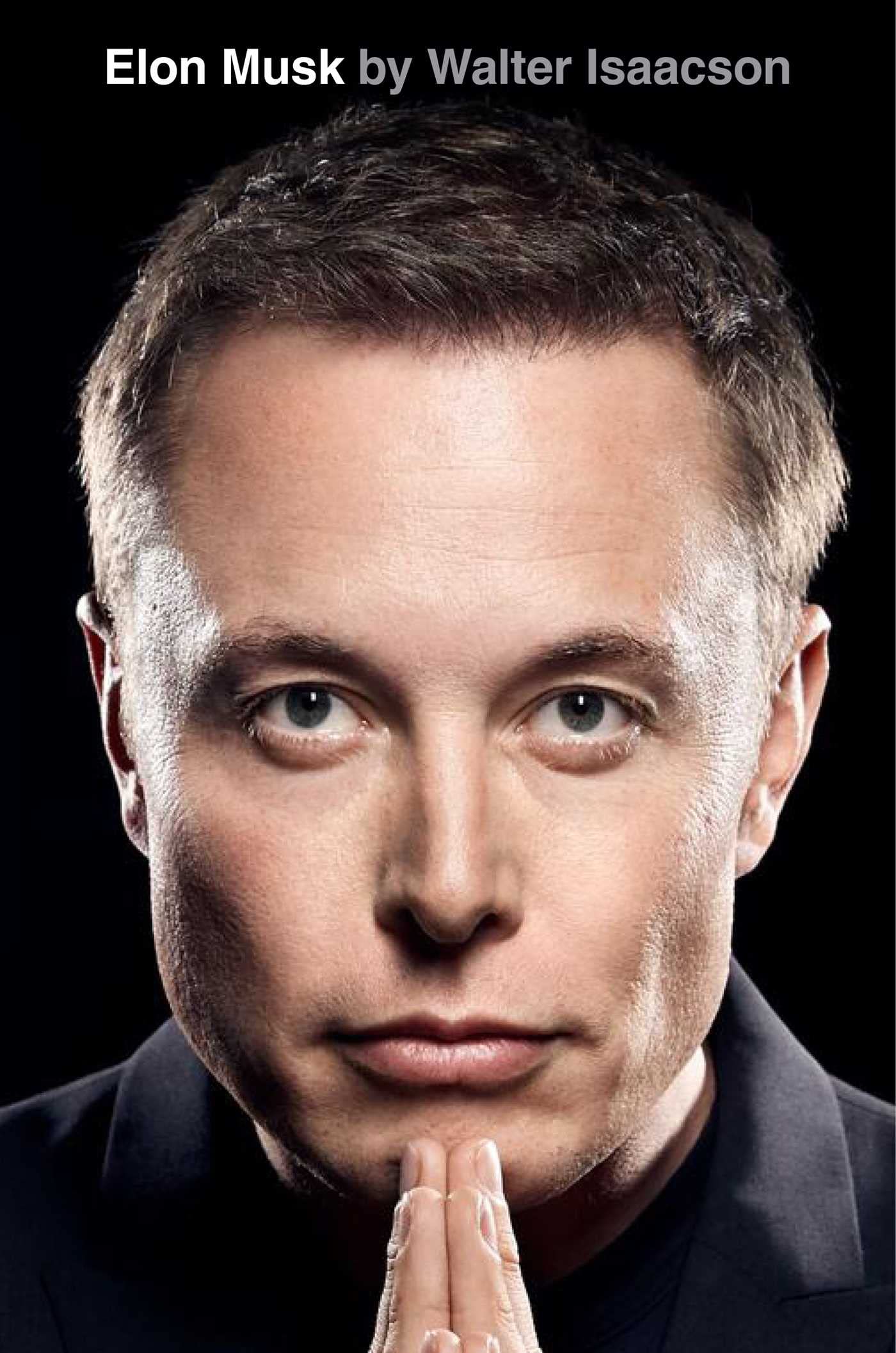14. Mars
byMars has always represented more than just a distant planet for Elon Musk—it embodies his long-term vision for humanity’s survival and progress. After his departure from PayPal, Musk turned his attention toward space, leveraging his interest in aerospace and his personal fascination with flight. He began exploring aviation firsthand, learning to fly in a single-engine turboprop aircraft before upgrading to a Soviet-era Aero L‑39 Albatros jet, immersing himself in aerodynamics and high-speed flight mechanics. This hands-on experience fueled his curiosity about the limitations of existing space travel, setting the stage for his ambitions to push humanity beyond Earth.
His transformative shift toward interplanetary aspirations occurred in 2001, following a life-threatening case of malaria that forced him into introspection. A Labor Day drive with his close friend Adeo Ressi reignited Musk’s passion for ambitious projects, leading to discussions about the stagnation of space exploration. This conversation planted the seed of an idea—if NASA and global space agencies weren’t prioritizing Mars colonization, perhaps private industry could fill the void. Musk’s initial belief that space exploration was solely the domain of national governments was quickly replaced by the realization that private innovation could revolutionize the field.
Determined to turn his ideas into action, Musk attended a Mars Society event, where he engaged with space visionaries, including the organization’s president, Robert Zubrin, and filmmaker James Cameron, a well-known proponent of space exploration. The event solidified his sense of purpose, deepening his conviction that human survival depended on expanding beyond Earth. Frustrated by NASA’s lack of urgency regarding Mars missions, Musk envisioned a groundbreaking project to demonstrate the feasibility of sustaining life on the Red Planet, leading to the conceptualization of Mars Oasis—an initiative to grow plants on Martian soil as a proof of concept.
This realization became the catalyst for a much larger endeavor, one that combined his engineering mindset with his growing belief in humanity’s destiny as a multiplanetary species. His motivations were driven by both existential concerns—fearing that an extinction-level event could wipe out humanity if it remained confined to Earth—and an unwavering belief in progress. Musk saw interplanetary expansion as an essential evolutionary step, much like early civilizations that dared to explore uncharted territories.
To build a company capable of executing his vision, Musk relocated to Los Angeles, a move that his then-wife Justine initially interpreted as an attraction to Hollywood’s glitz. However, the city’s status as an aerospace hub made it the perfect environment for recruiting top engineering talent. He began hosting informal meetings near Los Angeles International Airport, laying the groundwork for what would eventually become SpaceX. These meetings were more than just theoretical brainstorming sessions—they were the first steps toward redefining private space exploration and taking real action toward the dream of Mars colonization.
Musk’s ability to pivot from internet entrepreneurship to aerospace innovation showcased his relentless drive to break boundaries. Where others saw limitations, he saw opportunities, challenging the conventional wisdom that space travel had to be government-led. His vision for Mars was not just about exploration—it was about survival, technological advancement, and proving that human ingenuity could overcome even the most daunting frontiers. Through SpaceX, Musk sought to revolutionize rocket technology, making space travel more cost-effective, sustainable, and ultimately achievable for future Martian settlers.
From a single conversation in a car to the founding of a company that would redefine the space industry, Musk’s journey toward Mars began with an idea and quickly transformed into a mission. His approach—combining first-principles thinking with an unwavering belief in engineering solutions—enabled him to tackle one of the most challenging goals in human history. By setting his sights on Mars, he wasn’t just dreaming big; he was reshaping the future of space exploration, turning what once seemed like science fiction into an attainable reality.


